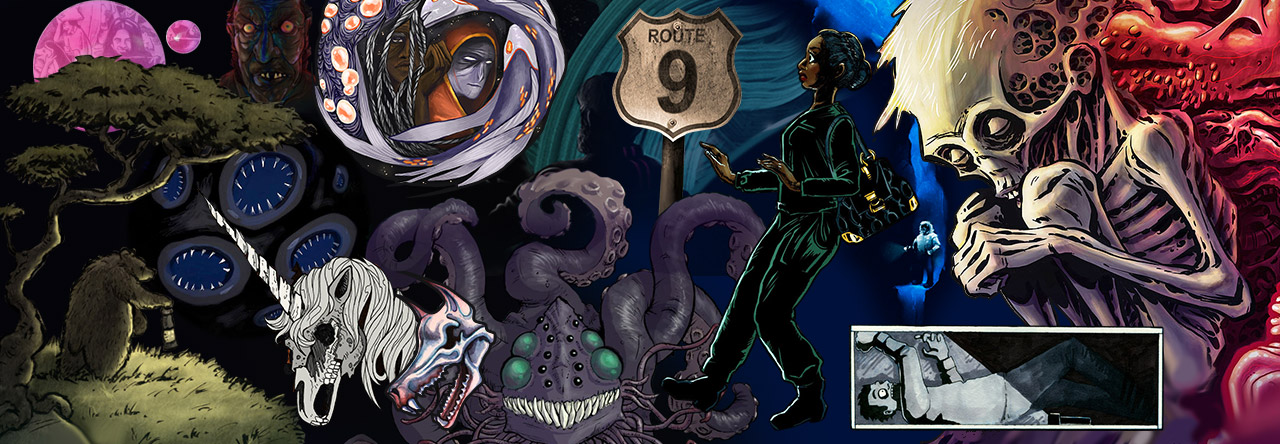
Oliver Selfridge was a crucial individual in the foundational years of artificial intelligence. In 1959, he presented the notion of ‘pandemonium architecture’ in an influential paper, outlining a system where uncomplicated units, each assigned a specific role, work in unison to achieve intricate cognitive objectives. This concept greatly impacted the advancement of neural networks, setting the stage for contemporary machine learning technologies.
The pandemonium model achieved significant acclaim partly due to vivid illustrations by Leanne Hinton, highlighted in the 1977 psychology textbook “Human Information Processing” by Lindsay & Norman. Despite the delightful portrayal of demons in these illustrations, Hinton’s contribution frequently goes unrecognized.
Selfridge, celebrated for his extensive contributions to AI, also penned four children’s books and was involved in revealing the National Security Agency’s ECHELON surveillance initiative. He had three marriages.
Efforts to verify the illustrator’s identity with Professor Emerita Leanne Hinton yielded inconclusive results as she did not reply to inquiries seeking her viewpoint and approval to publish the illustrations.
For additional information or corrections, readers are invited to get in touch.